Historical and Cultural attractions
The Philippines’ archipelagic nature has made it easy for conquerors and foreigners to try and inhibit the islands, the reason for its rich cultural heritage and history. They tried to establish trade routes and did business with locals. Ever since Magellan discovered the Philippines in 1521, other countries and cultures have tried to conquer the islands, and few were successful. Prior to Magellan’s discovery, archeological finds in Palawan revealed that people have been inhabiting the country as early as 50,000 BC.
For 300 years, Filipinos were under Spanish rule, the longest conquest in Philippine history. This explains the sheer number of Roman Catholics that exist in the country today, as well as the significant architecture and structures that are related to Spanish culture and tell of an era gone by. One of the most popular is the Intramuros or walled city of Manila. Other famous historical attractions contributed by the Spanish are the baroque churches, found in Ilocos Norte, Bulacan, Manila, and Miag-Ao. Filipinos today even still live by the values instilled to them by the Spanish, something still evident in many households.
During World War II, the Philippines was under the stronghold of the Japanese. Corregidor Island is a known historical attraction because of its significance to the Japanese era in the Philippines. Within the island one can find the famous Malinta tunnel and other structures that were used during the war.
The Chinese also had a significant presence in the country. They arrived in the 16th century, and many still live in Manila to this day. They were and still are known for their business sense, and visiting Chinatown in Manila can give one a glimpse of history and the many artifacts they sell.
[the_ad id=”3250″]
Within Manila, there are many places to go to where one can get a feel of the heritage and culture of the Philippines. These include the American Cemetery, Cultural Center of the Philippines, Chinese Cemetery, San Agustin Church, Plaza San Luis, Coconut Palace, Roxas Boulevard, and Manila Bay.
Other popular museums which serve as treasure chests of knowledge and information include the National Museum of the Philippines, Ayala Museum, Lopez Memorial Museum, and the Malacanang Museum.
Cavite, which is just an hour’s drive from Manila, has a significance in Philippine politics and history. Kawit, Cavite, is where the country was announced as the Republic of the Philippines, right on the balcony of General Emilio Aguinaldo. His home is a national shrine and where tours are conducted to educate people about local history. The Aguinaldo home is also the site where the Philippine flag was unfurled for the first time. Other historical locations in Cavite include the Battle of Julian Bridge Marker, Fort San Felipe, House of Tirona, House of Andres Bonifacio, and the General Artemio Ricarte Marker.
With the country’s rich heritage and history, simply walking through the streets of old Manila can provide you with details and bits of the past, as history is still present in the way Filipinos live their lives.
Photo credit: PayManila.com

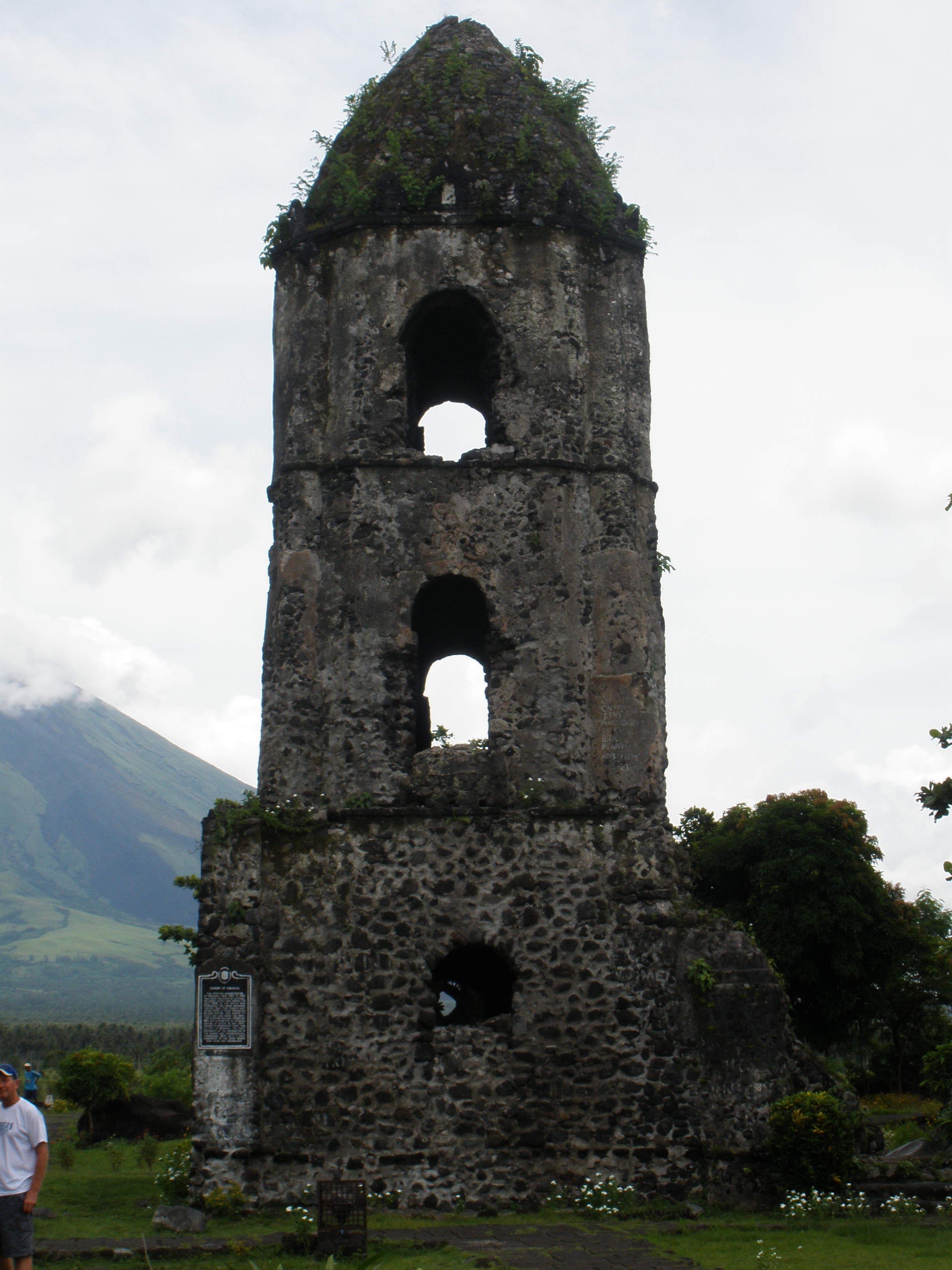
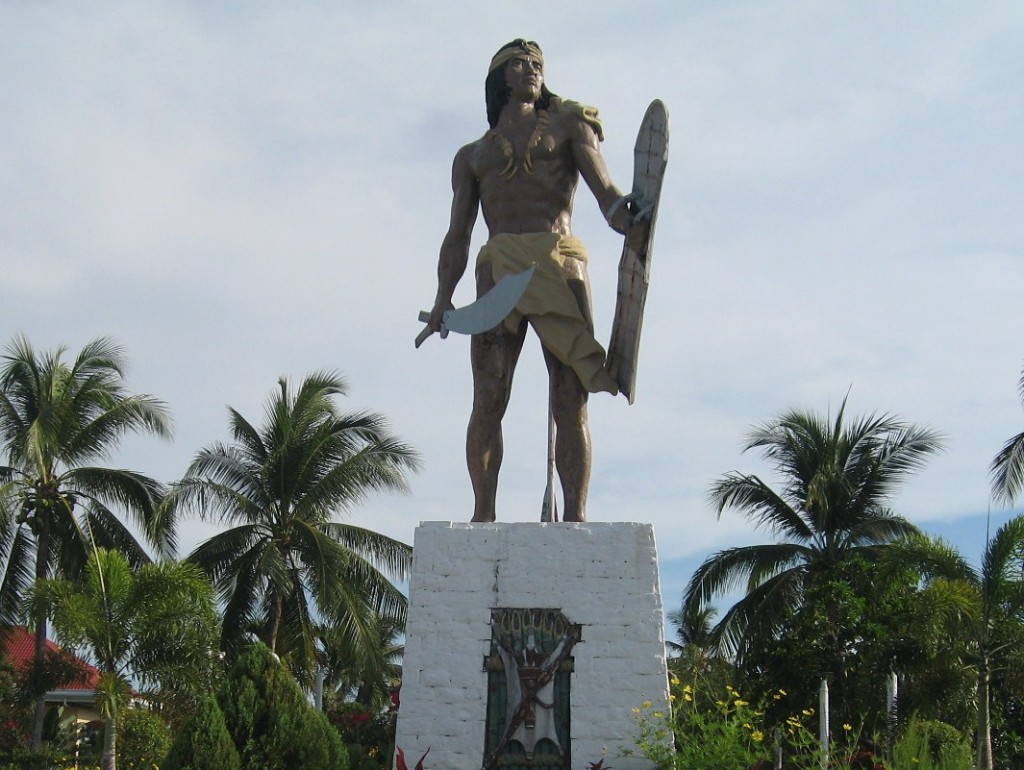
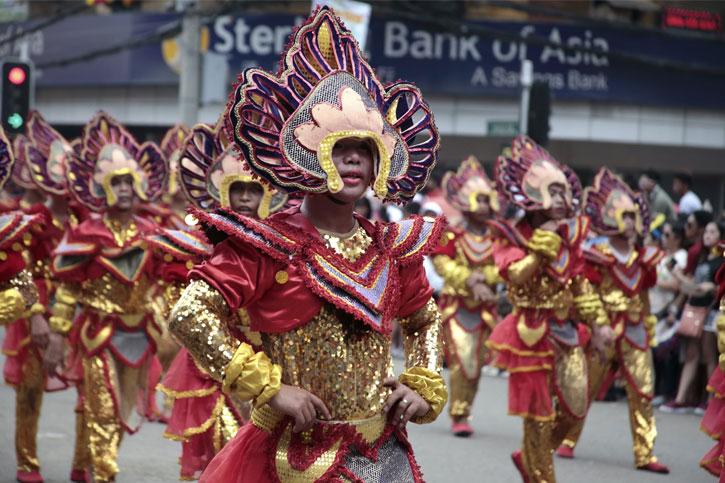

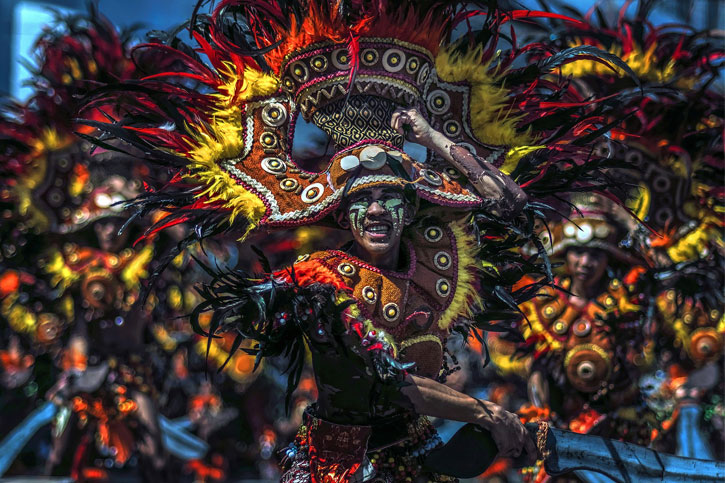
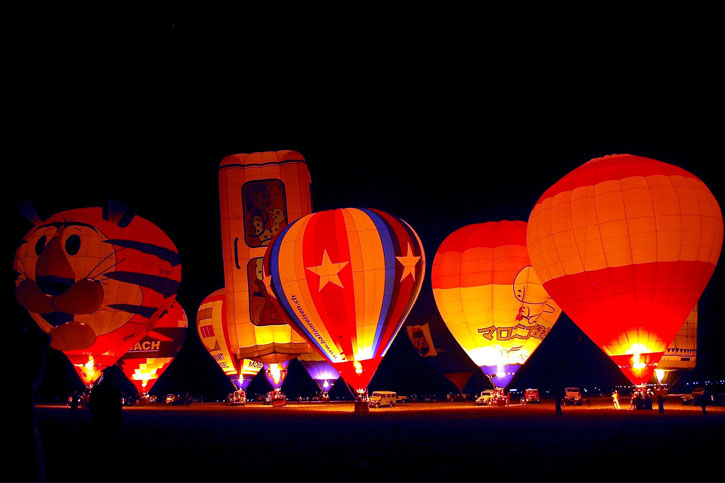

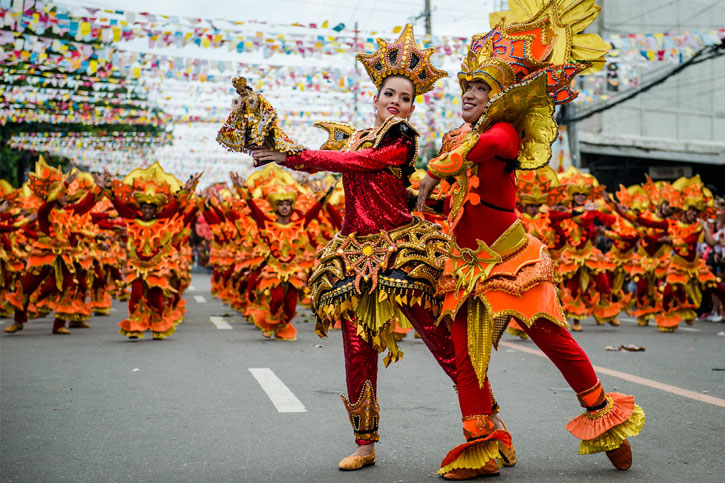
Helpful blog, bookmarked the website with hopes to read more!